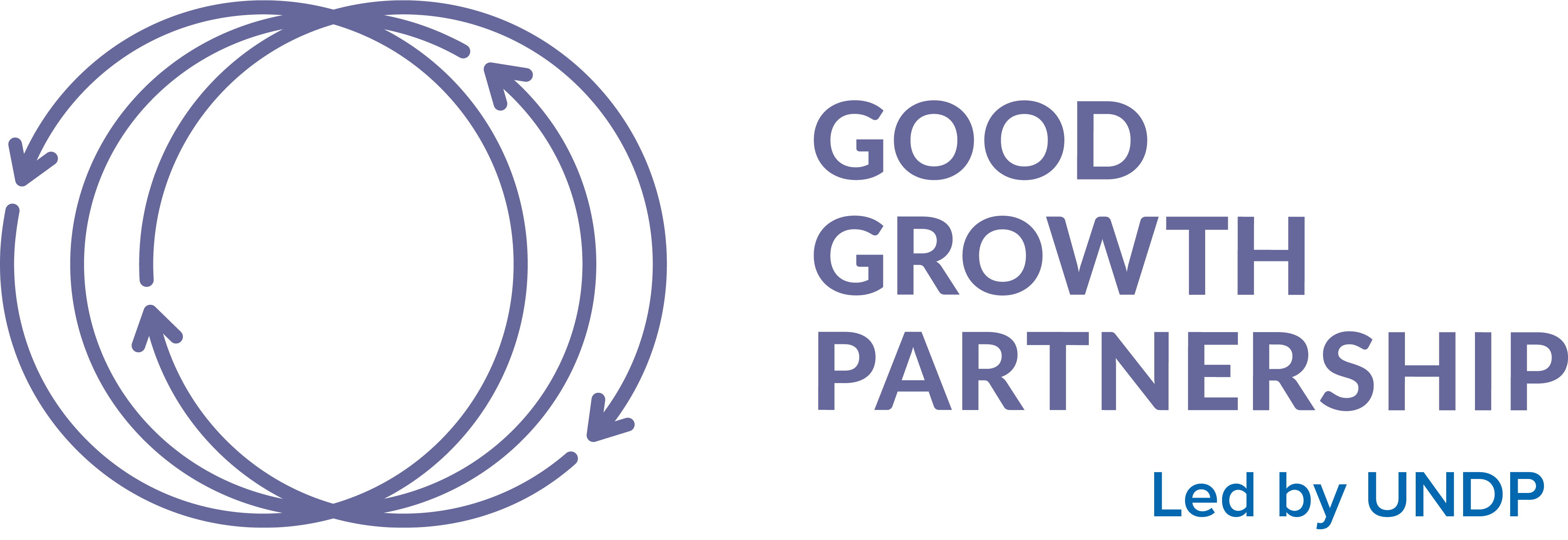
Now that the dust has settled on the COP15 biodiversity summit, experts are beginning to fully dissect the implications of its key outcome, the new Kunming-Montreal Global Biodiversity Framework (GBF).
Agreed by 196 signatory countries to the Convention on Biological Diversity (CBD) in December, it effectively replaces the unmet Aichi Biodiversity Targets, which expired in 2020. Four goals and 23 action-focused targets form the backbone of the pact, offering guidelines for biodiversity conservation. While not legally binding, its outcomes will largely be defined based on the extent to which governments and companies buy into and interpret the targets.
Some of the groundwork for conservation initiatives enlisting the public and private sectors to work in unison for the benefit of the natural world has already been established. For example, the UK government passed anti-deforestation legislation in 2021 and the European Union is in the process of formalizing the adoption of a similar law to prevent the trade in unsustainably produced goods.
While biodiversity is vital to maintaining environmental equilibrium, staving off climate change and preventing land degradation, its economic role is also critical. Half of global gross domestic product – $41.7 trillion – depends on the healthy functioning of the natural world, according to CBD.
The COP15 delegation in Montreal underscored the significance of the relationship between biodiversity and financial decision-making with a day of sessions specifically dedicated to concerns over how best to mesh the two.
In parsing the framework, natural resource expert Tim Brown said he is encouraged by the enabling conditions it establishes at the intersection of public-private interests in sustainable management of agriculture and tropical forests. As program manager of the World Bank-led Global Partnership for Sustainable and Resilient Landscapes (PROGREEN) and co-team leader of the Food Systems, Land Use and Restoration (FOLUR) impact program, he keeps a close eye on initiatives that de-couple agriculture from deforestation.
Statistics from the Food and Agriculture Organization of the United Nations demonstrate that agricultural expansion led to almost 90 percent of deforestation worldwide in the first 18 years of the 21st century.
Brown sees potential benefits for projects under PROGREEN, which is designed to support 41 countries balancing economic development activities – including agriculture and infrastructure development – with encroachment into natural areas leading to deforestation and landscape degradation. FOLUR projects, which play a part in transforming the global food system by promoting sustainable, integrated landscapes and efficient commodity value chains for beef, cocoa, coffee, maize, palm oil, rice, soy, and wheat in 27 countries, also stand to benefit.
Of these commodities, cattle, palm oil, soy, cocoa and coffee – lead to more than half of tree cover loss worldwide.
“The GBF provides a vision for how countries and development partners can work together to address the challenges of growing demand for food and commodities and strive for greater synergies between the public and private sector to support policy change, institutional coordination and scaled up financing toward sustainability,” Brown said.
“This collective effort can build on the momentum of success stories and practical examples that have been developed over the past few years.”
The potential for greater synergies between the public and private sector to support sustainable policy changes are reflected in targets 15 and 18.
Target 15 proposes that businesses – including financial institutions, large and transnational companies – should monitor the risks they pose to biodiversity in their portfolios and operations throughout supply and value chains, while promoting sustainable production.
Target 18 urges the elimination, phase out or reform of incentives, including subsidies that harm biodiversity while progressively reducing them by at least $500 billion by 2030. The goal is to start with the most harmful incentives and scale up positive incentives for biodiversity conservation and sustainable use.
“A major challenge is to encourage agriculture and environment ministries to work together, rather than at cross purposes, to find solutions that address the demands of economies, the private sector, ecosystems and biodiversity,” Brown said.
~ By Julie Mollins, published March 2, 2023







